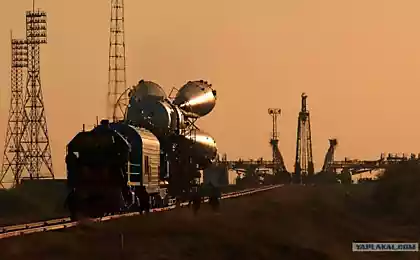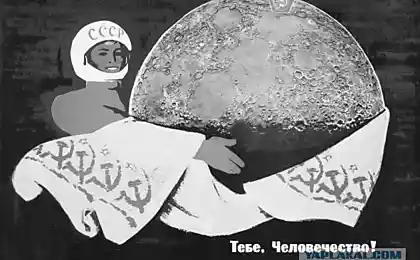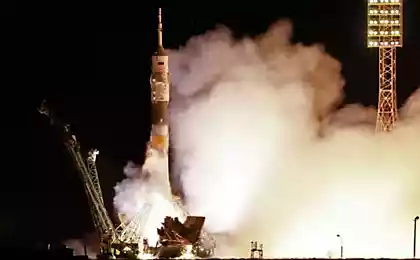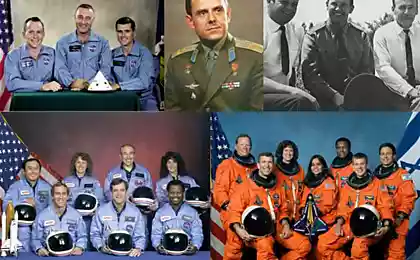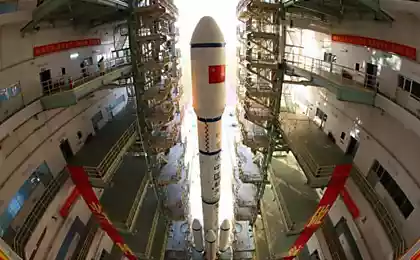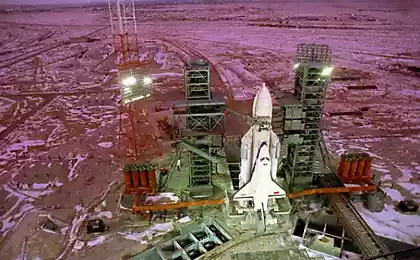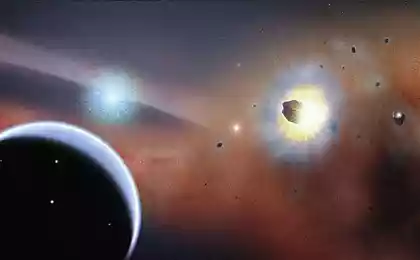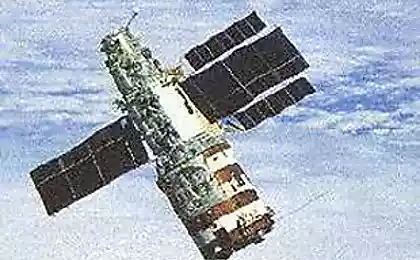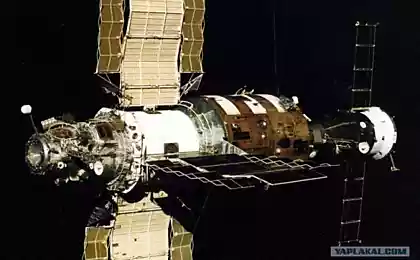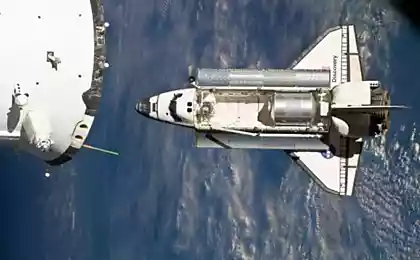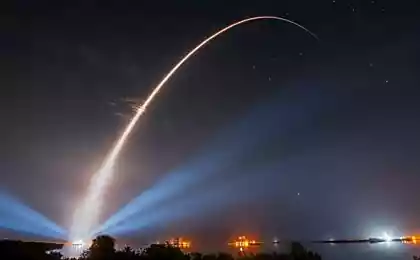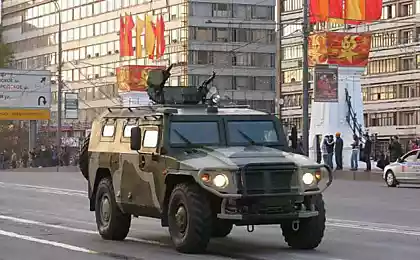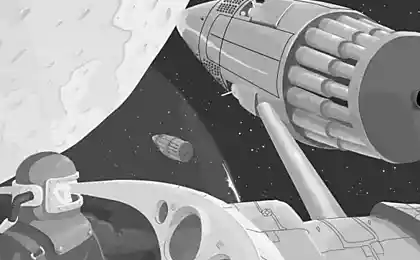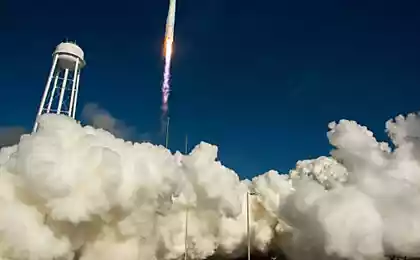1585
Russian Union first launched with the equatorial launch site
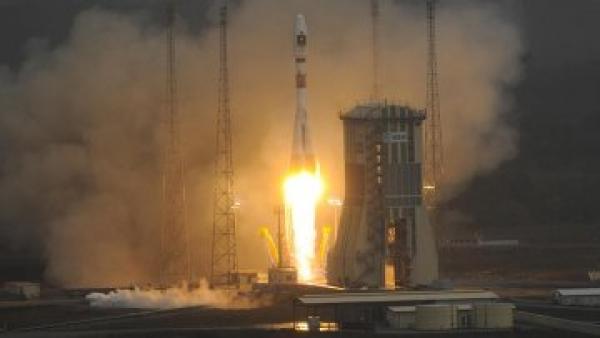
The first in the history of Russian rocket launched from the Baikonur outside the former Soviet Union took place on Friday - with the successful launch of the "Union", which orbited two European satellite, a joint project became a reality in Russia and Europe, which began in the late 1990s.
The project will provide spaceport in Kourou, French Guiana, more opportunities for start-ups - now the Europeans do not own missiles middle class, and the Russian space industry - new orders for tens of millions of dollars.
Equatorial Union
Rocket "Soyuz-ST" and the upper stage "Fregat" after starting from the equatorial Kourou in South America put into orbit two satellites of the European navigation system Galileo. "One" Union "and two Galileo - triple success in one day", - said director general of the European Space Agency Jean-Jacques Dordain (Jean-Jacques Dordain), speaking after the launch.
According to him, Russia and its European partners have come a long way and overcome many difficulties to run this place.
In 1998 began the first consultation on the draft launch Russian rockets from this spaceport, whose proximity to the equator will enable orbit 3-3, 2 tons of cargo compared to 1-1, 5 tons of the launches from Baikonur. Corresponding intergovernmental agreement was signed by Russia and France in November 2003. Then it was expected that the first launch of "South American" "Union" will take place in 2006. Initially, the cost of creating a platform for start-ups were estimated at 344 million euros, then they have risen significantly. But now the Europeans have only heavy Ariane 5 rocket, and the creation of its own missiles middle class would cost considerably more expensive.
Arianespace CEO Jean-Yves Le Gall (Jean-Yves Le Gall), in turn, congratulated all involved in this launch, thanked, in particular, specialists Roscosmos, the creators of the rocket "Soyuz" from Samara Samara Space "Progress", employees Lavochkin, where do boosters "Frigate". Separately he thanked rocket designer Dmitry Kozlov, who died in 2009.
Preparing for the start
Until today, a rocket "Soyuz" started with only two spaceports - Russian Plesetsk and Baikonur in Kazakhstan. To run from the Kourou rocket had to be modified. New version of "Soyuz-ST" - a version of the three-stage rocket "Soyuz-2" with the upper stage "Fregat", adapted to the conditions of high heat and humidity.
The first launch of the carrier rocket "Soyuz-ST". Video from Kourou in French Guiana
Furthermore, on board a launch vehicle mounted apparatus enabling off rocket engines from the earth in the case of flight of the missile may need to be interrupted by the operator. Additionally, the rocket is equipped with radar transponders that will control its position during flight.
Launching pad for "union" in Kourou, built about 13 kilometers from the start of the rocket "Ariane" differs significantly from the Baikonur and Plesetsk. Many of the western satellites require vertical mounting and medium transport to the starting point, while the Russian tradition involves horizontal assembly and lifting the rocket launch is already in place.
To start the "Unions" in Guyana Russian specialists have created a 52-foot mobile service tower, which allows you to prepare the rocket and the satellite in an upright position, and also protects the rocket from the harmful effects of a tropical climate.
More cargo
Guiana Space Centre (MOC) built 50 kilometers from the city of Cayenne - Kourou between settlements and Sinnmari. Due to its proximity to the equator the launch pad, the same rocket into space can output 15% more cargo than with the launch of a US launch site at Cape Canaveral, and 40% - compared with launches from the Baikonur Cosmodrome.
The advantage is due to the fact that the rotation of the Earth at the equator provides the greatest increase rate (almost 500 meters per second) for the missiles launched towards the east - on the rotation of the planet. In addition, much less fuel is consumed to run on the geostationary orbit.
It is expected that commercial launches "Soyuz-ST" from the spaceport in Kourou will take at least ten years, in the year will be up to four starts.
Russian-French joint venture "Starsem" on an exclusive basis, entrusted with the commercial operation of the rocket "Soyuz-ST". Development and qualification of flight "Soyuz" configurations "Soyuz-2-1b" and "Soyuz-2-1b" equipped with the upper stage "Fregat" and payload fairing "ST", supervised by the Russian Federal Space Agency.
Satellites for Galileo
Running the "Union" marked an important stage in the development of the satellite navigation system Galileo - European alternative to the American GPS, the creation of which the EU began discussing in 1999. Now in Earth orbit has two test satellites launched in 2005 and 2008 - GIOVE-A and -B, which checked the key technologies of the system.
Two new satellites placed into orbit by Russian "Soyuz", refer to the next stage of deployment - In-Orbit Validation (IOV), under which the performance will be tested ground and space segment of the system. After the successful launch of four satellites IOV is scheduled to begin work full-time satellites in phase Initial Operational Capability (IOC) - in the middle of this decade.
It is planned that a fully deployed system will consist of 30 satellites - six more than the US Global Positioning System Navstar GPS. It is expected that Galileo will start with a limited package of services in 2014, and fully operational by 2020, when 27 satellites will be deployed.
Galileo developers claim that their system will be more accurate than GPS, and will provide Europeans independence from the American GPS, the Russian GLONASS and promising Chinese Compass. One of the things they are proud of the latest atomic clock based on a passive hydrogen maser, which is much more accurate rubidium atomic clock GPS. However, on board satellites have backup and rubidium clocks.
Galileo - originally a civil system, and it was created based on the use of its signal in conjunction with other navigation systems such as GLONASS and GPS.
European navigation satellites will be in orbit height 23, 2000 kilometers in three orbital planes with a declination of 56 degrees. This arrangement increases the reliability of satellite navigation in cities where tall buildings are interfering with the radio.
After the completion of the deployment of a constellation of satellites will provide anywhere in the world, including North and South Poles, 90% probability of simultaneous reception of signals from four satellites. In most places on the planet at the same time in the line of sight will be six satellites Galileo, which will determine the location to within one meter.
For the first launch of two Galileo satellites will follow two more - in 2012. By 2015, the orbit will be withdrawn 14 more satellites, the rest - in 2020.
Gold, rum and missiles
Guiana Space Centre is used since the early 1970s to launch rockets family Ariane. Work center manages the French space agency, but the launch site is financed by the ESA and is used for the benefit of joint European space programs.
French Guiana, where the launch site - the largest overseas department of France in north-eastern South America. The official name - Guiana (Guyane), clarification of the "French" refers to the days when there were three colonies called Guiana: British (now Guyana), the Netherlands (now Suriname) and the French.
Area Guiana is about 90 thousand square kilometers, the equatorial forest takes about nine-tenths of the territory of the entire colony. Coast - swampy lowland and extends stripe width of about 20 kilometers along the coast of the Atlantic Ocean, covering approximately 6% of the territory. The rest of the Guiana - wooded plateau with elevations reaching 850 meters. In Guiana - warm and humid equatorial climate with an average temperature of 25 to 27 degrees. From December to February and from April to July - the rainy season. The dry season lasts from August to November.
Guiana - the largest and most wooded department of France. Population of about 160,000 people, more than 50,000 of whom live in the capital - Cayenne. The population density in the rest of the colony is only two people per square kilometer. The bulk of the population are Creoles Guiana, American Indians, natives of the metropolis and Hmong.
The first inhabitants were the Indians of Guiana nation Tupi-Guarani. In 1852, Emperor Napoleon III made the area a place convict links, and in 1938 the French government stopped the deportation. On 19 March 1946 the French Guiana Department announced. There are deposits of gold and bauxite, the main exports are gold, rum and timber.
Astronomers have discovered the mysterious nature of the stars - "blue vagrants"
Exoplanet HD 85512 b may be habitable
